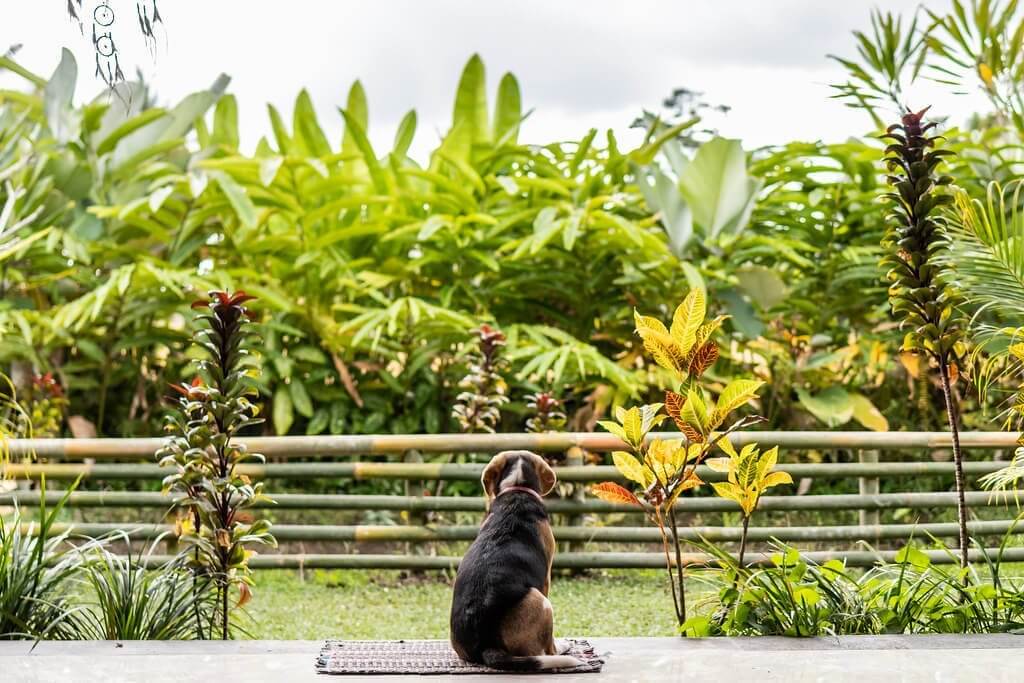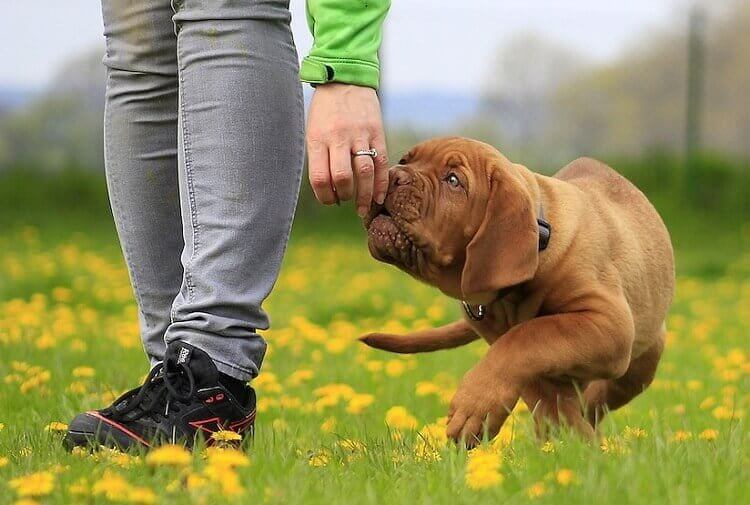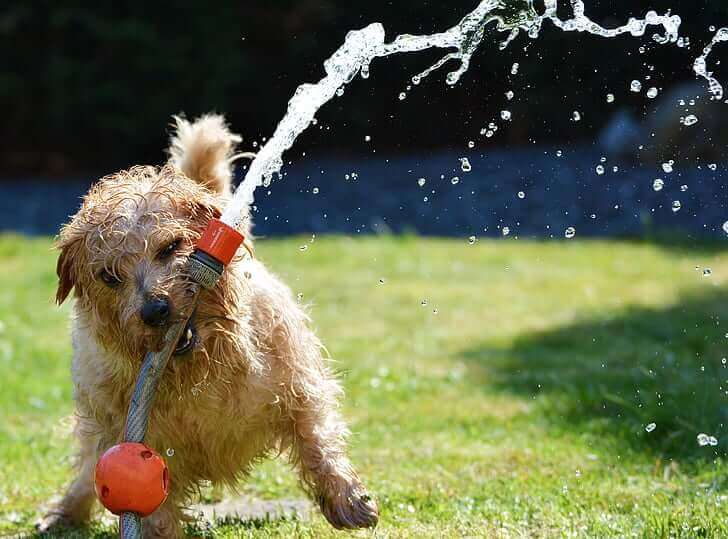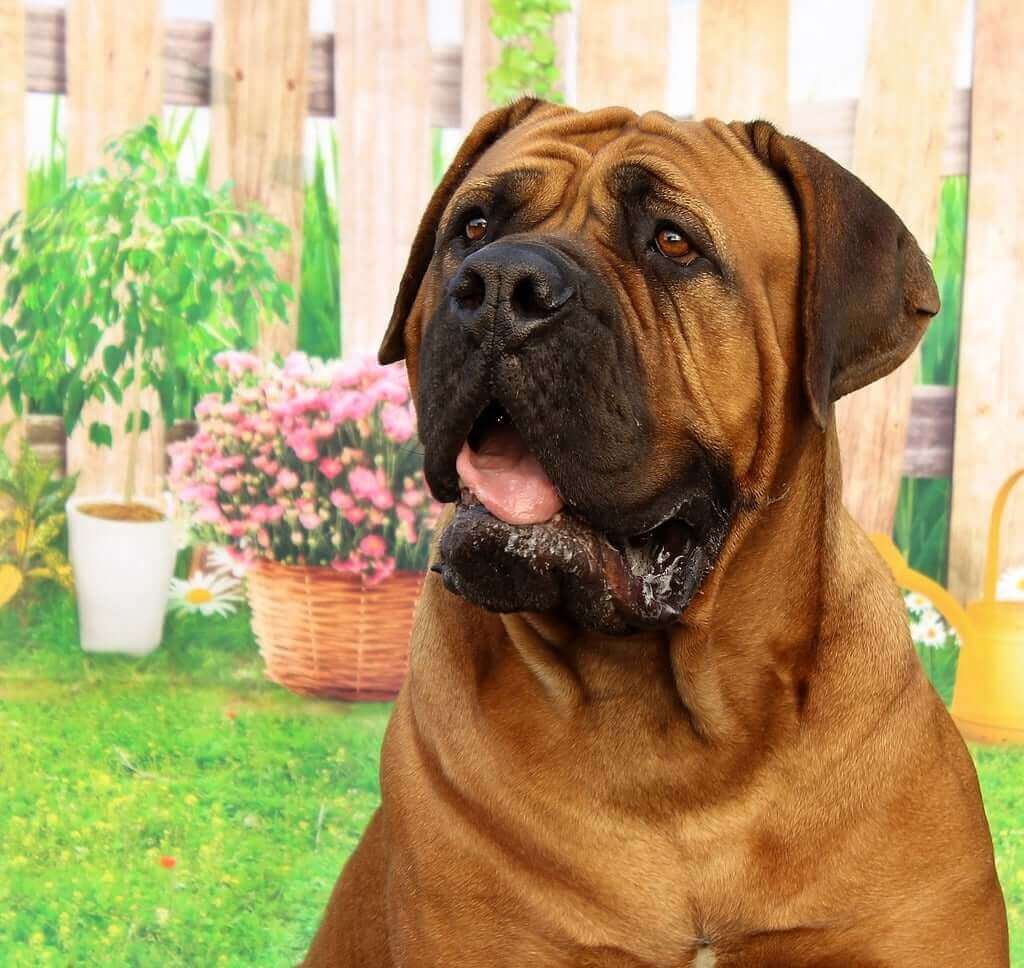Effective Strategies to Keep Dogs Out of the Garden
Gardening is a rewarding activity, but it can be challenging when it comes to managing pets, especially dogs. For plant health and pet safety finding effective ways to keep dogs out of your garden probably a good idea.
Why Do Dogs Love Gardens: Understanding the Canine Mind
Attracted to Scents: Dogs have a keen sense of smell, making the garden a sensory paradise for them. From the scent of blooming flowers to the earthy smell of soil, every aroma piques their curiosity and can lead to digging or trampling of plants.
Stimulating Environment: The variety of textures in gardens, from crunchy leaves to soft grass, provides a playground for dogs. They love exploring different surfaces, which can lead to unintentional damage to delicate plants and garden beds.
Wildlife Interest: Gardens often attract birds, insects, and other small animals, turning them into a hunting ground for dogs. This natural prey drive can cause chaos in the garden as dogs chase or dig after these creatures.
Territorial Behavior: For dogs, gardens can represent a new territory to mark and protect. This instinctual behavior can result in dogs urinating on plants, which can harm delicate foliage and disrupt the garden’s ecosystem.
Ways To Keep Dogs Out The Garden?
Here are some pet friendly options to consider when keeping dogs out of your garden beds.
1. Creating Physical Barriers to Keep Dogs Out of the Garden
Assess Your Garden Layout: Before setting up any barriers, examine the layout of your garden. Identify the areas most frequented by your dog and the most vulnerable parts of your garden.
Choose Appropriate Barriers:
- Fencing: A small fence around your garden bed can be both decorative and functional. Choose a fence high enough to deter your dog but ensure it doesn’t block sunlight or airflow to your plants.
- Raised Beds: Elevated garden beds can discourage dogs from entering. The height makes it more difficult for dogs to jump in and can also improve drainage and soil quality.
- Rock Borders: Lining your garden beds with rocks can create a natural barrier. Dogs generally dislike walking on uneven, hard surfaces, so a wide border of rocks can act as a deterrent.
Install the Barriers:
- When installing fences, ensure they are securely anchored to withstand any attempts by your dog to push through.
- For raised beds, ensure they are sturdy and have a solid base to prevent collapse.
- If using rock borders, lay them out in a thick, wide band around the garden bed

2. Natural Deterrents: Plants Dogs Dislike
Marigolds: The strong odour of marigolds is a natural deterrent for dogs. Planting them around the garden’s perimeter can create an invisible barrier that dogs are unlikely to cross, thus keeping your plants safe.
Rosemary: Rosemary’s potent scent is generally unappealing to dogs. Planting this herb around your garden can help keep dogs at bay while also providing the added benefit of fresh herbs for your kitchen.
Citrus Plants: Many dogs dislike the strong scent of citrus. Planting citrus trees or spreading citrus peels in the garden can act as a natural repellent, keeping dogs away from your precious plants.
Thorny Plants: Planting low-growing, thorny plants like roses or barberry can physically deter dogs from entering the garden. The discomfort of the thorns discourages them from walking through or digging in these areas.

3. Dog Training and Deterrents
Routine Training: Consistently training your dog to understand garden boundaries is vital. This can include commands to stay out of certain areas and positive reinforcement when they obey.
Repellent Sprays: Homemade or store-bought repellent sprays with vinegar or citrus scents can keep dogs away. Spraying these around the garden’s perimeter creates an invisible barrier that dogs are likely to avoid.
Positive Reinforcement: Rewarding dogs for staying out of the garden or behaving well around it can reinforce good habits. Treats, praise, and playtime are effective rewards that encourage obedience.
Motion-Activated Devices: Devices like motion-activated sprinklers can startle dogs entering the garden without causing harm. This method teaches dogs to associate the garden with an unpleasant experience, deterring them from entering.
4. Creating a Dog-Friendly Zone
Specific Play Area: Designating a part of your yard exclusively for your dog can keep them entertained and away from the garden. This area should be appealing and comfortable, with toys and space to run and play.
Comfortable Setting: Ensuring the dog-friendly zone has ample shade and water availability is essential for your dog’s comfort. This encourages them to stay in their designated area, especially during hot days.
ResilientPlants: Including robust, dog-resistant plants in the dog zone ensures they have a green space that can withstand rough play. Hardy grass varieties and durable shrubs can provide a green area for dogs without the risk of damage.
- Toys for Engagement: Keeping a variety of toys in the dog-friendly zone can distract dogs from the garden. Chew toys, balls, and interactive toys can keep them occupied and satisfied within their own space, reducing their interest in the garden.
Tips for South African Gardeners to Keep Dogs Out of The Garden
- Choose Local Plants: Selecting dog-safe plants that thrive in South African climates is crucial. Research plants that are non-toxic to dogs and suited to your local weather and soil conditions.
- Regular Maintenance: Regularly inspect your fences and barriers for any damage due to weather conditions or wear and tear. Keeping these structures in good condition and ensuring they remain effective.
- Wildlife Consideration: When planning your garden, consider the local fauna. Some deterrents for dogs might also impact other wildlife, so find a balance that respects all creatures.
- Community Engagement: Engaging with local gardening communities and experts can provide valuable insights and tips specific to gardening in South Africa, helping you create a garden that’s beautiful, functional, and pet-friendly. Join the conversation on our Facebook Group
In Conclusion: A Harmony of Flora and Fauna
With these tailored strategies, you can create a harmonious balance in your garden, protecting your plants while providing a safe, enjoyable space for dogs. It’s about understanding and respecting the nature of our canine companions while ensuring the health and beauty of our gardens.



